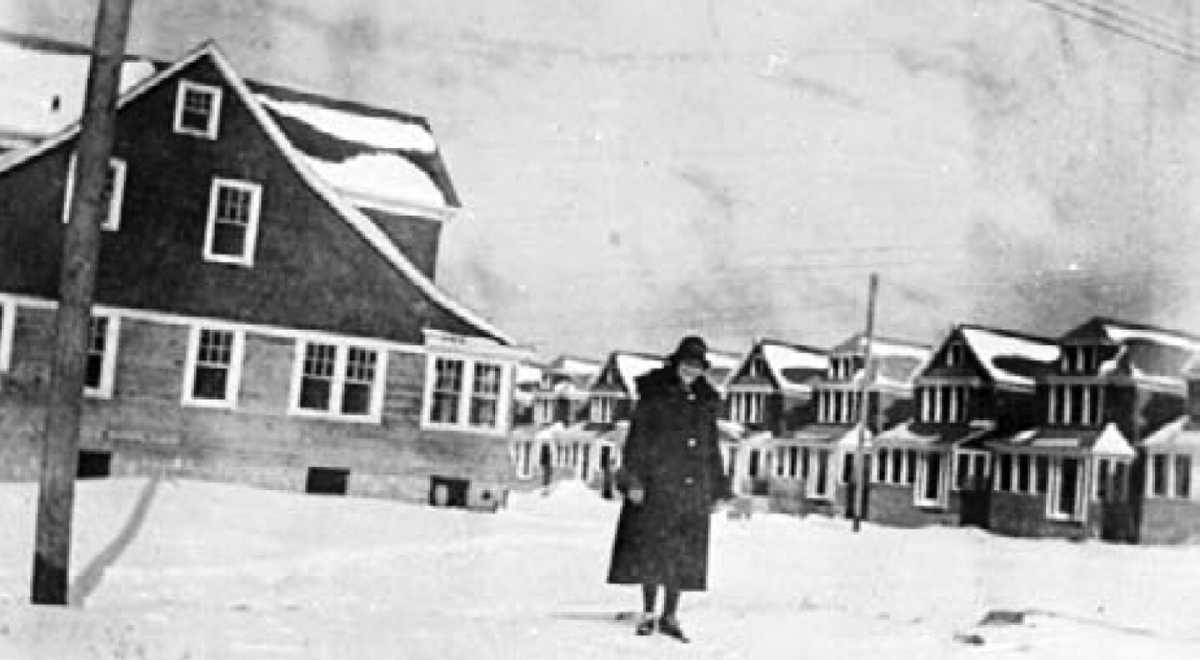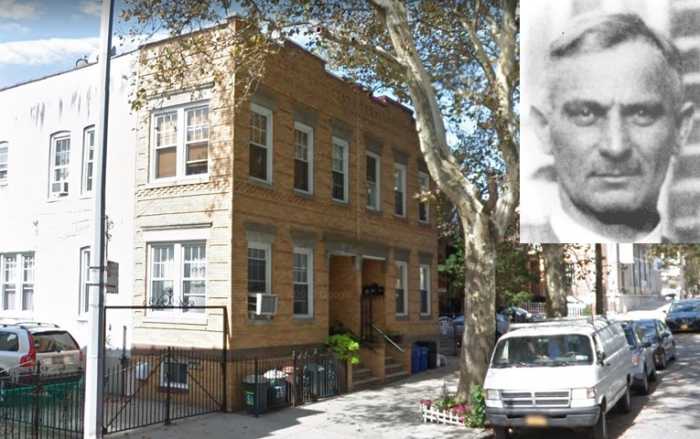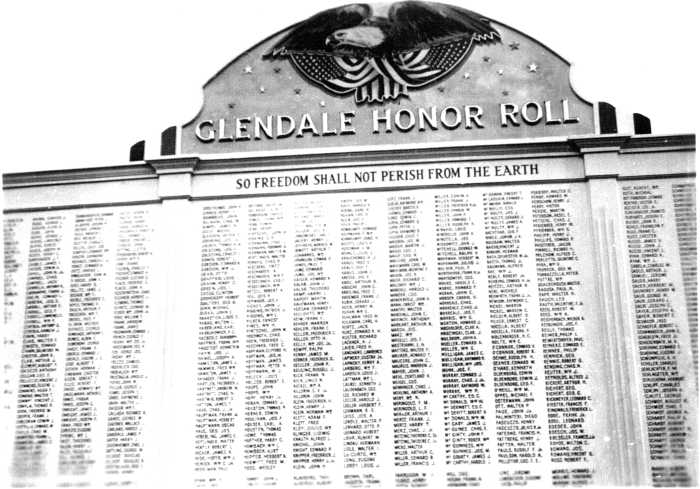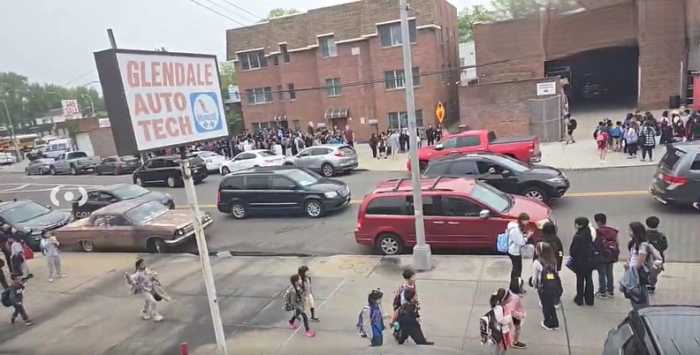Before the early 20th century, picnic parks dotted the landscape of our neighborhood, giving local families beautiful places to enjoy spring and summer days in nature.
These parks, however, faded away as Ridgewood and Glendale became developed. In fact, one portion of present-day Glendale — Liberty Park — is named for a picnic park in the area south of Cooper Avenue and west of what was then called Fresh Pond Road and currently dubbed Cypress Hills Street.
Before we go any further into Liberty Park’s history, we should clarify the history of Fresh Pond Road’s former path along Cypress Hills Street. It was actually an Native American trail several thousand years ago used by Indians going from the land of the Canarsies on the bay to Newtown Creek in Maspeth.
The area in the vicinity of Cooper Avenue and Fresh Pond Road in the 1700s and early 1800s was called the “Clam Battery,” as there were numerous clam shells left there by the Natives as they moved along the trail.
When European settlers came to the area, a road was cut through in 1680 enlarging the trail. It was initially called “Kills South Path” meaning the path that led south from the kills, the Dutch road for creek. It was also called “The Path to the Hills,” meaning that it led south to Cypress Hills.
When the British Army occupied the area in 1780, they cut a narrow road 30 feet wide through the hills to connect Fresh Pond Road to the Kings Highway (present-day Jamaica Avenue). After the British left, the highway was renamed the Jamaica-Brooklyn Ferry Road.
Fresh Pond Road remained when the grid for Ridgewood was developed, and the former segment that is now called Cypress Hills Street was previously called Snake Hill Road, reflecting its curvy nature near the cemeteries.
As for Liberty Park, the 31- acre picnic grounds where much of the neighborhood was developed was originally part of Jacobus Kolyer’s farm, which he established in the 1800s. The 92 acre farm was on the north by what is now Cooper Avenue and bisected by present-day Cypress Hills Street, with 47 acres to the east and 45 acres to the west.
Kolyer died in 1819. One of his surviving sons, Theodorus, bought the farm from his father’s estate for $6,000. When he died in April 1854, he left his estate to his wife for use during her lifetime.
Following her death, following Theodorus Kolyer’s wishes, the farm was divided among his sons John, Jacobus and Ditmars.
After John Kolyer died in 1895, his heirs petitioned the court and auctioned off 19 acres of the farm at Louis Dowling’s Hotel at the corner of Fresh Pond Road and Myrtle Avenue.
Henry W. Meyer of Glendale, former owner of the Ivanhoe Tobacco Company, was the highest bidder, paying $18,228 for the swath of property on the west side of present-day Cypress Hills Street with 146 feet on the north fronting Cooper Avenue. Meyer leased the land to Charles Zimmer for $400 per year.
In June 1896, Meyer purchased an additional eight acres of the Kolyer farm to the south of his purchase. Subsequently, he purchased another three acres.
Henry Meyer died in October 1898, and when Zimmer’s lease expired in 1902, a picnic park was built with an entrance on Cooper Avenue between Dill Place (now 61st Street) and Charlotte Place (now 60th Lane). A lake for boating was built on the property.
Subsequently, the Liberty Park Amusement Company, a stock corporation, was formed and held annual meetings at the park.
In the early 1920s, most of the picnic park’s land was sold to Joseph Hartman for $100,000. The developer subdivided property and began constructing the Liberty Park Homes, erecting 800 structures, none of which sold for more than $6,000.
On Aug. 25, 1925, the Ivanhoe Company — which was owned by the Henry Meyer estate — sold to Alden Terrace Corporation, which was owned by Hartman, land on the southwest corner of Cooper Avenue and Fresh Pond Road. Additional land was sold to Alden Terrace in June 1926.
The following July, Alden Terrace — operating out of 78-20 Wilton Ave. (now 64th Lane), began offering detached one-family homes in the area of Cooper and Wilton avenues in Liberty Park for $7,800 and up, with an $850 cash down payment required.
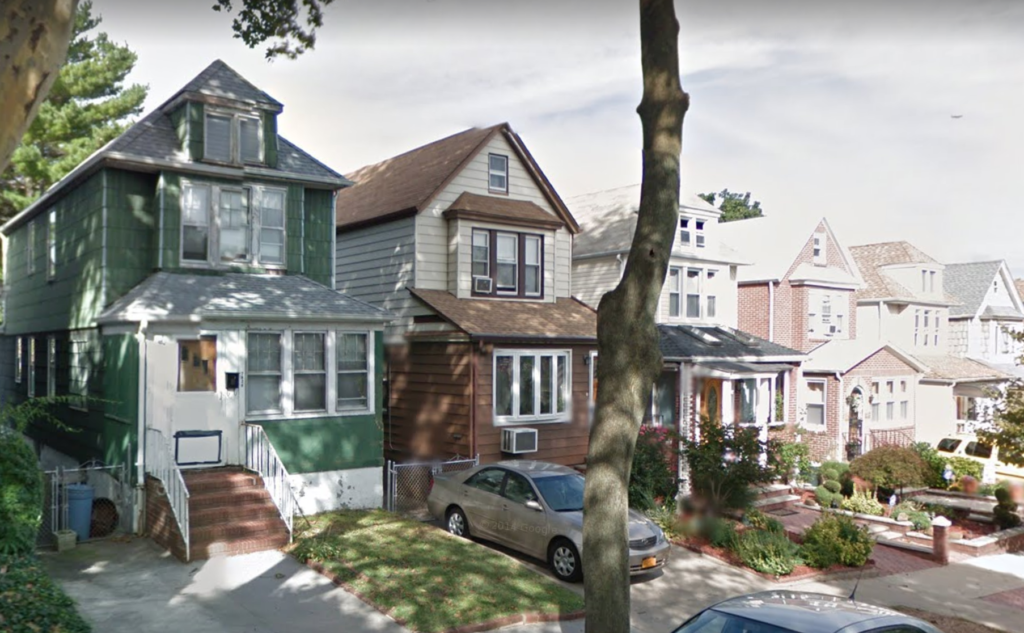
In 1927-28, Hartman operating under Alden Terrace Corp. and McKinley Homes, purchased additional land from the Ivanhoe Company. In January 1928, McKinley Homes began selling one-family houses erected at Edsall Avenue (present day 70th Avenue) and Fosdick Avenue (present day 69th Street) in Glendale at $7,250 each, with a required $750 cash down payment.
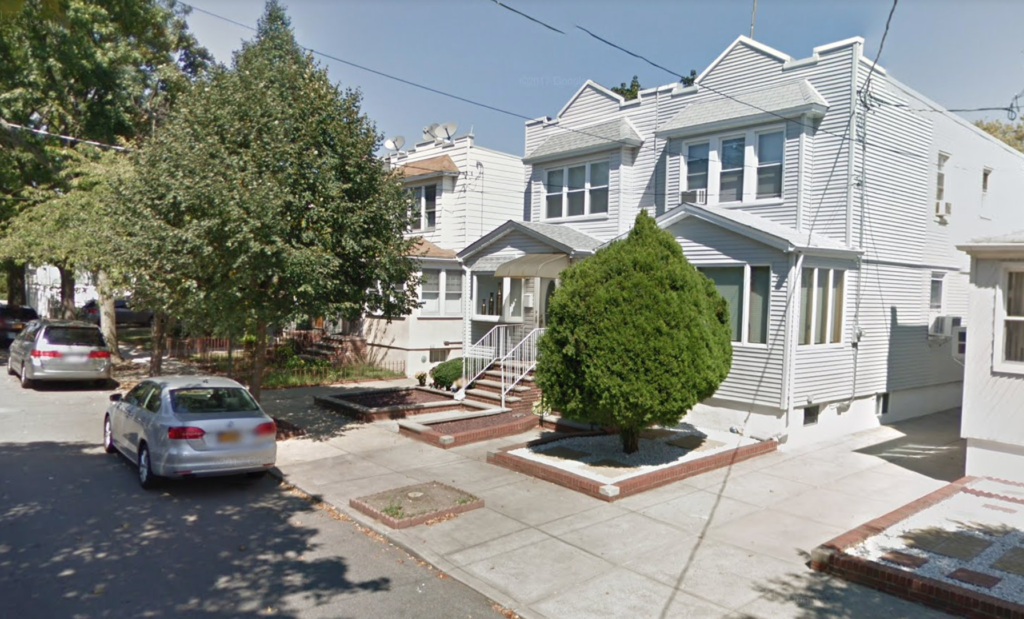
They were six-room houses with city sewers, bathtubs, showers, two-car garages, paved streets, cement driveways, copper gutters and leaders. By August, the price increased to $7,650 as they had sold 200 homes in the previous eight months.
In the same month, Alden Terrace Homes advertised their one-family Liberty Park Homes and stated they sold 550 in the past two years. There were on Cypress Hills Road (now Cypress Hills Street) south of Cooper Avenue and priced at $7,950 with $850 cash down.
The homes included brass plumbing, copper gutter and leaders, tiled kitchen and bath, linoleum kitchen floors, parquet floors, a cellar under the porch, city sewers, paved streets, and lots from 150 to 200 feet deep.
Hartman died suddenly on June 11, 1931 at his home in Neponsit. He was buried at Mount Lebanon Cemetery in Glendale. But his legacy lives on, as he and his associates erected over 2,000 homes in the Glendale area that remain to this day.
Reprinted from the Jan. 29, 2015 issue of the Ridgewood Times.
* * *
If you have any memories and photos that you’d like to share about “Our Neighborhood:The Way it Was,” write to The Old Timer, c/o Ridgewood Times, 38-15 Bell Blvd., Bayside, NY 11361, or send an email to editorial@ridgewoodtimes.com. All mailed pictures will be carefully returned upon request.

